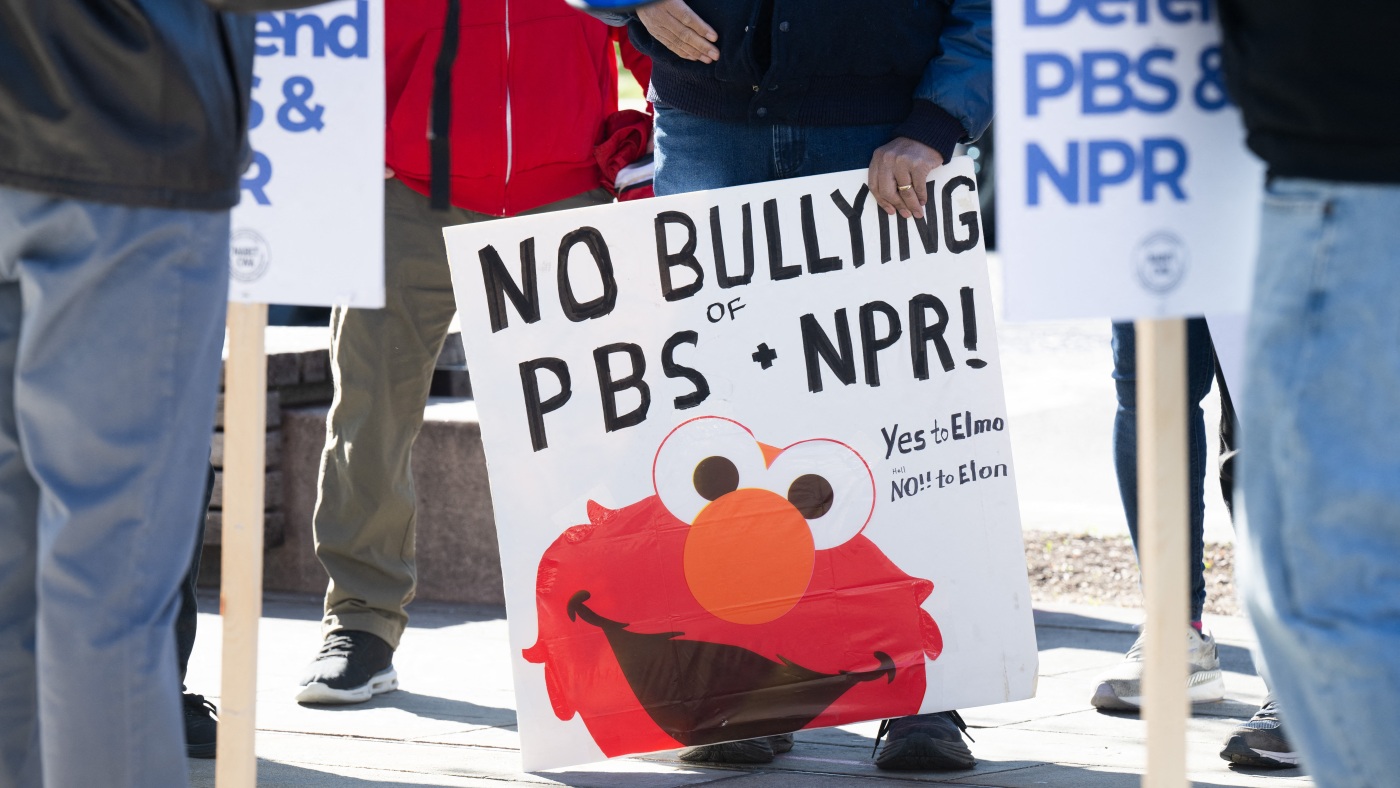Trump’s Push to Defund NPR and PBS: A Battle Over Public Media and Political Narratives
The Trump administration’s campaign to cut federal funding for National Public Radio (NPR) and the Public Broadcasting Service (PBS) stands as a significant flashpoint in ongoing debates over the future of public media in the United States. This effort goes beyond budgeting concerns, touching on broader disputes about media bias, governmental roles, and cultural power struggles. The following analysis unpacks the background, legal and political obstacles, consequences for public media, and the deeper ideological currents fueling this controversy.
Setting the Stage: The Executive Order and Funding Proposal
President Trump’s executive order aimed squarely at defunding NPR and PBS represents an unprecedented federal intervention in public broadcasting. By directing the Corporation for Public Broadcasting (CPB) to halt funding, the administration accused these outlets of “biased and partisan” reporting, particularly targeting what it perceives as a liberal media slant. At the same time, the White House requested Congress withdraw around $1.1 billion earmarked for public broadcasting over two years. This demand was part of a larger package seeking to reclaim $9.4 billion in prior federal spending, also including sharp cuts to foreign aid programs.
Public broadcasting, funded in part by these subsidies, serves roughly 1,500 radio and TV stations, many operating in rural or underserved areas where commercial media may not venture. Federal money through the CPB supports diverse programming—from local news to cultural content—that commercial interests often overlook. Hence, these funds play a critical role in maintaining a media ecosystem that extends beyond market-driven priorities.
Legislative Complexity and Legal Barriers
Although President Trump’s executive order commands CPB’s board to sever funding, the situation is far from straightforward. CPB leadership, along with NPR and PBS, argues the White House lacks unilateral power to withdraw funds without congressional consent. This issue is complicated by CPB’s governance structure, requiring a board quorum to act and conformity with statutory responsibilities.
Ultimately, Congress controls appropriations and must decide whether to approve the administration’s rescission request. Given the substantial amount—$1.1 billion—this has sparked fierce debate. Public media advocates are actively lobbying to protect funding, emphasizing the potential harm to national programming and smaller stations. Critics also highlight that cutting this funding will barely dent the staggering national debt, which exceeds tens of trillions of dollars, instead reflecting political priorities over fiscal necessity.
Consequences for Public Media and Communities
The impact of defunding NPR and PBS would be profound, particularly jeopardizing the viability of smaller local stations dependent on federal support. These stations struggle to sustain operations solely through donations and corporate underwriting. Many communities, especially in rural and underserved areas, rely heavily on public media for news, educational content, and cultural programming that commercial broadcasters do not provide or cannot support profitably.
Loss of federal funds risks forcing closures, diminishing programming diversity, and reducing coverage in regions with limited alternative media sources. The potential loss extends to flagship productions like PBS NewsHour, an important source of trusted, non-commercial news in an era marked by polarization and misinformation. Public broadcasting has long been regarded by supporters as a vital pillar of civic knowledge and journalistic integrity, providing balanced content that commercial media often neglect.
Politics, Culture, and Media Bias Accusations
The defunding initiative fits within a broader conservative agenda targeting institutions perceived as transmitting liberal or “woke” viewpoints. Labeling NPR and PBS as producers of “woke propaganda” echoes President Trump’s broader cultural confrontations with media and academic institutions. Beyond fiscal arguments, the campaign is rooted in a desire to reshape media landscapes according to ideological lines, limiting platforms that don’t align with certain political narratives.
Opponents counter that these cuts undermine public interest journalism and the plurality of voices vital to a healthy democracy. The move highlights partisan cleavages surrounding government involvement in media and cultural life. Traditionally, public broadcasting enjoyed bipartisan support, but recent years have seen this consensus fray amid intensifying political polarization.
Broader Fiscal and Policy Implications
Trump’s proposed funding rescission is part of a broader fiscal retrenchment seeking to reduce government expenditures across various programs. While $9.4 billion represents a significant sum, it is modest relative to the overall $36 trillion national debt. The symbolic nature of targeting public media funding signals prioritization of spending cuts that align with ideological goals rather than strictly economic imperatives.
The ultimate fate of this effort hinges on legislative and judicial outcomes. Congressional Republican majorities would need to embrace the rescission, while public campaigns and litigation—such as lawsuits filed by PBS—indicate ongoing resistance. The complex interplay between executive orders, congressional appropriations, and legal constraints frames a dynamic and evolving battle over the role of government in mediating information access.
A Crucial Crossroads for Public Broadcasting
The attempt to defund NPR and PBS marks a watershed moment in American public media’s history. Far more than a budgetary dispute, it reflects simmering political and cultural tensions about control of media narratives and the democratic value of independent, publicly supported journalism. The loss or diminishment of federal funds threatens the survival of smaller stations and erodes programs providing trusted information and cultural enrichment.
This controversy encapsulates profound questions facing American democracy: How should public information be supported? To what extent should government intervene in media landscapes? And how do partisan divides shape the access citizens have to diverse and reliable news sources?
The decision now rests with Congress, courts, and the public’s will. The outcome will not only determine the financial fate of public broadcasting but also influence how millions of Americans receive, trust, and engage with their news and culture in a sharply divided media environment.

